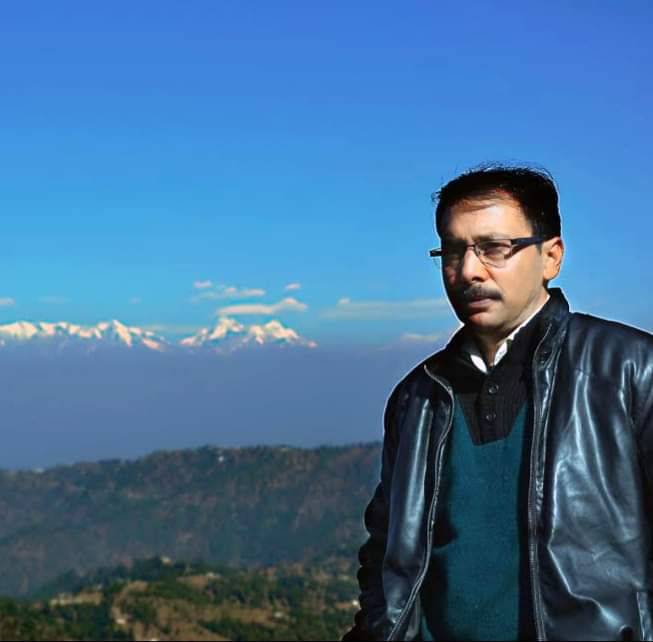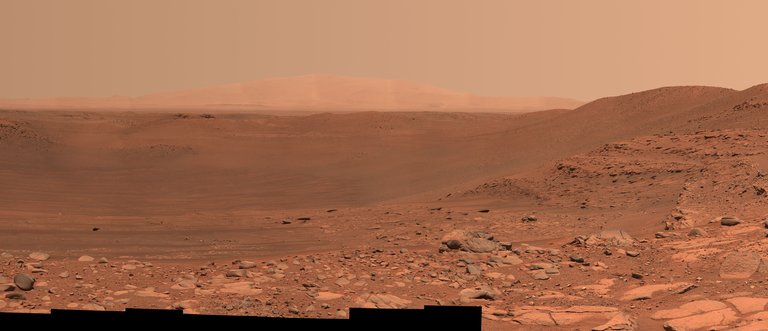New photos of Mars’ Belva Crater offer new perspective
There is not much difference between the red planet Mars and the earth of the earth.
NASA’s Perseverance Rover has sent new pictures of Belva Crater, which appears to be a part of the Earth. However, these pictures reveal many secrets of Mars. At the same time, they strengthen the hope of establishing a human settlement on Mars in the future.
Scientists believe that the new picture provides a new perspective.
Some pictures of an important region of Mars have come to the fore. NASA has shared these pictures. Mastcam-Z, the instrument attached to NASA’s Perseverance Mars rover, recently took 152 depth images of a crater called Belva on Mars. These images are not only fascinating to look at, but also give the rover’s science team some deep insight into Jezero’s interior. Every part of this picture looks like a part of the earth itself. These craters show spectacular views and vertical erosion. Scientists say that this discovery can give clues to the origin of the rocks and pits of Mars. Due to which this discovery is considered important. Katie Stack Morgan, deputy project scientist at NASA’s Jet Propulsion Laboratory in Southern California, says
This crater, which may have been formed by the fall of a meteorite many eons ago, is about 0.9 km wide. The origin of its nearby rock can be revealed from these photographs. Also exposes the sediments of the crater.
General information of Mars
Mars is at a distance of 142 million miles from the Sun. Mars has a diameter of 4,220 miles, while Mars is one-tenth the mass of Earth. The Red Planet orbits the Sun in 687 days. Its one day is of 24 hours 37 minutes. It is very cold on Mars and dusty storms arise. Tornadoes also arise a lot. The geographical location of Mars is considered good for life. The maximum temperature in summer goes up to 30 degree Celsius and in winter it goes down to minus 140 degree Celsius. Earth has autumn, summer, autumn and winter climates. The gravitational force is less than half that of Earth. Phobos and Deimos are two satellites of Mars.
Source and photo: NASA

Journalist Space science.
Working with India’s leading news paper.
और अधिक जानें

